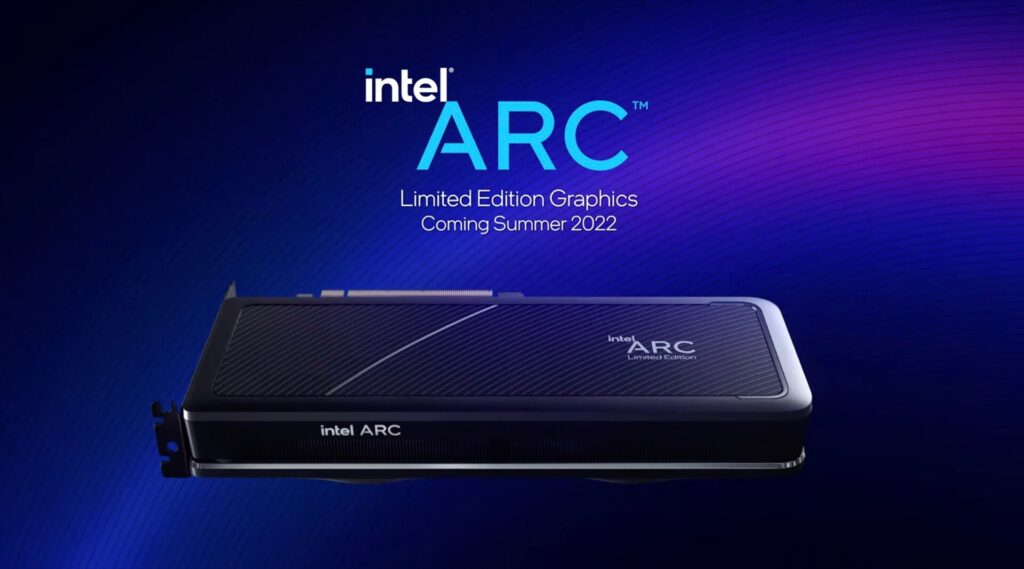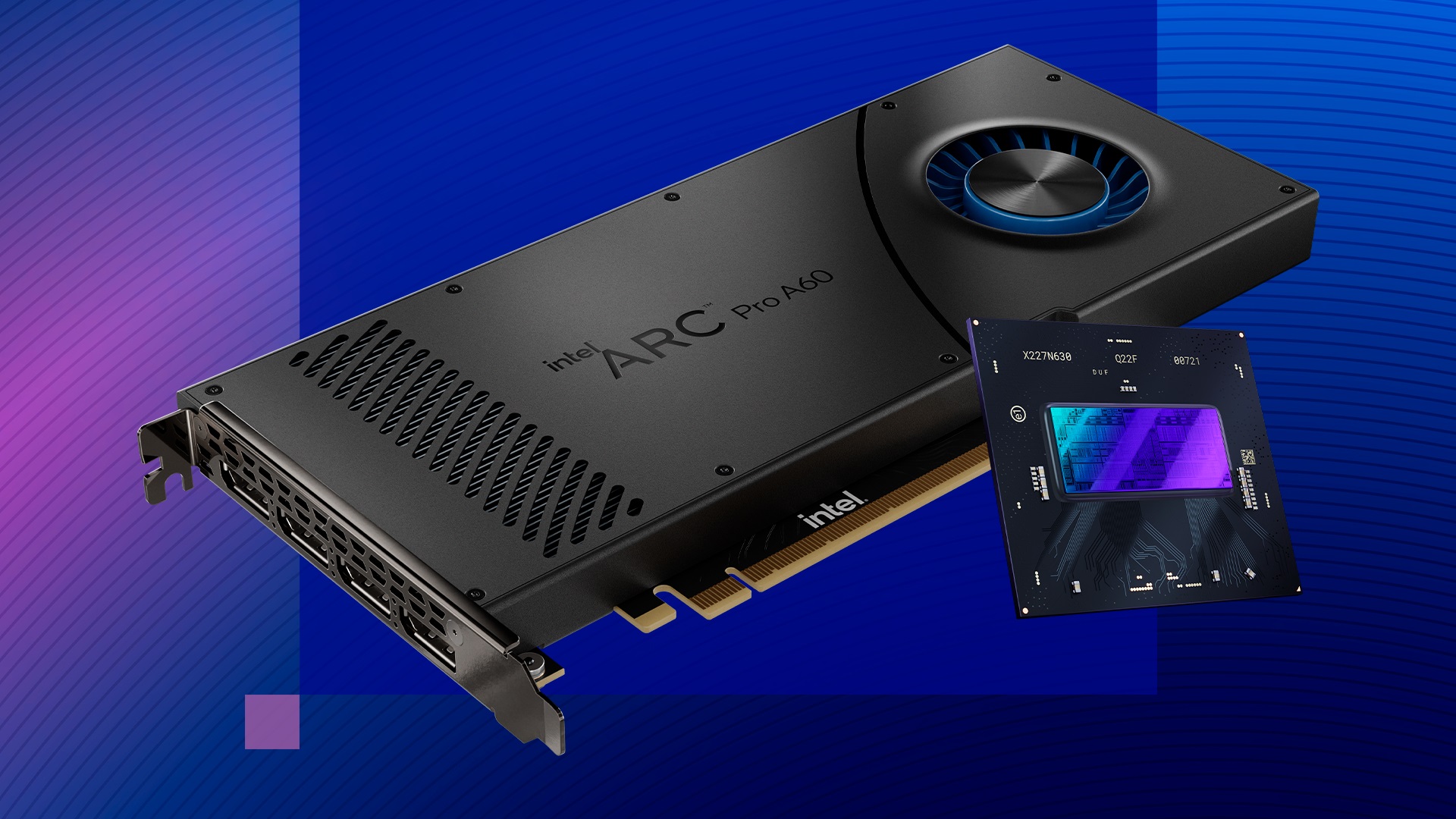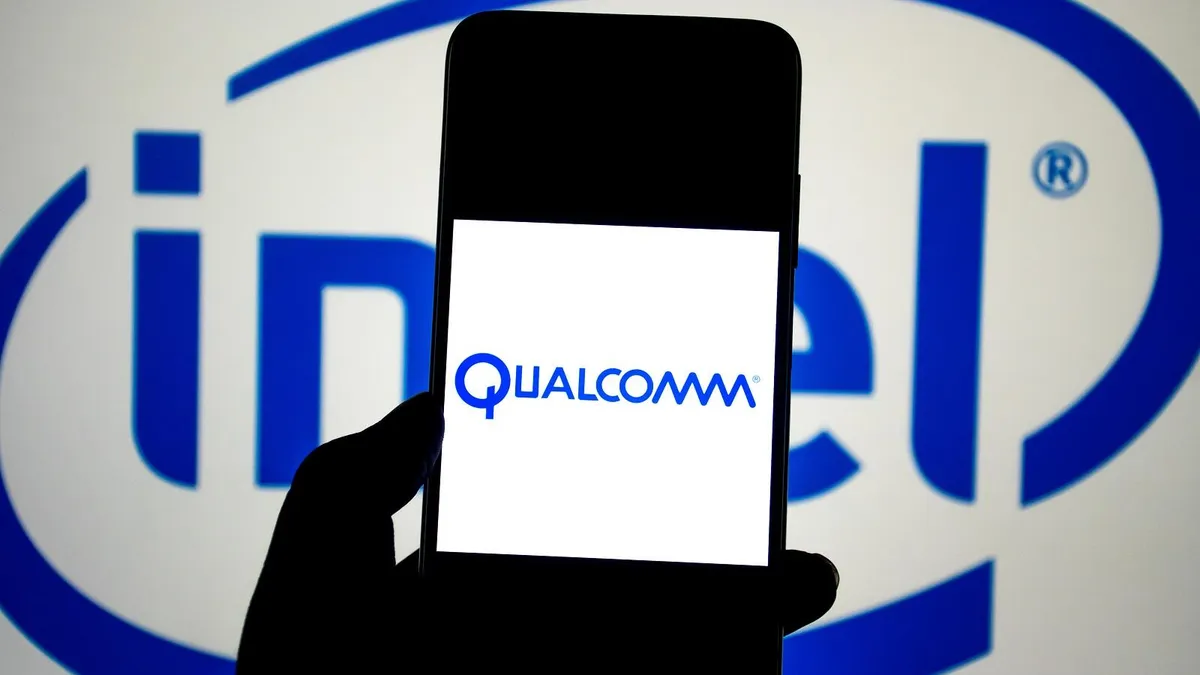
Intel, while still a dominant force in the realm of PC gaming through its integrated graphics offerings in processors, appears to be facing a steep decline in the discrete graphics card market. According to recent data from Jon Peddie Research, PC graphics card shipments rose to 9.5 million units in the second quarter of 2024, marking a 9 percent increase from the previous quarter. This rise is surprising given that the decade-long average indicates a 7.1 percent decrease during the same period. Analysts attribute this uptick to the launch of new graphics cards in the first quarter.
However, the more striking development is Intel’s exit from the discrete graphics market, with the company now holding a 0 percent share of PC graphics card sales. This drop follows a gradual decline, with Intel’s market share previously at a mere 2 percent a year ago. Consequently, the competition has narrowed to a two-company race, with Nvidia claiming a staggering 88 percent of the market—a significant increase from its 80 percent share just a year prior. The remaining 12 percent is exclusively held by AMD, marking a complete loss for Intel.
Despite this bleak scenario, Jon Peddie, president of JPR, remains cautiously optimistic about the future of the add-in board market. He noted that, despite a dip in Q1—an expected seasonal occurrence—there has been consistent growth over the last four quarters. Yet, overall shipments remain lower than two years ago, indicating challenges ahead.
In a twist of irony, Intel recently launched its Lunar Lake mobile processor, which features the new Xe2 graphics core. There are plans to introduce a discrete GPU called Battlemage, but it has faced delays, pushing its anticipated release beyond the originally projected timeline. Meanwhile, Nvidia is gearing up for the release of its GeForce 5000 series, further complicating Intel’s chances of regaining any market share amidst fierce competition.




